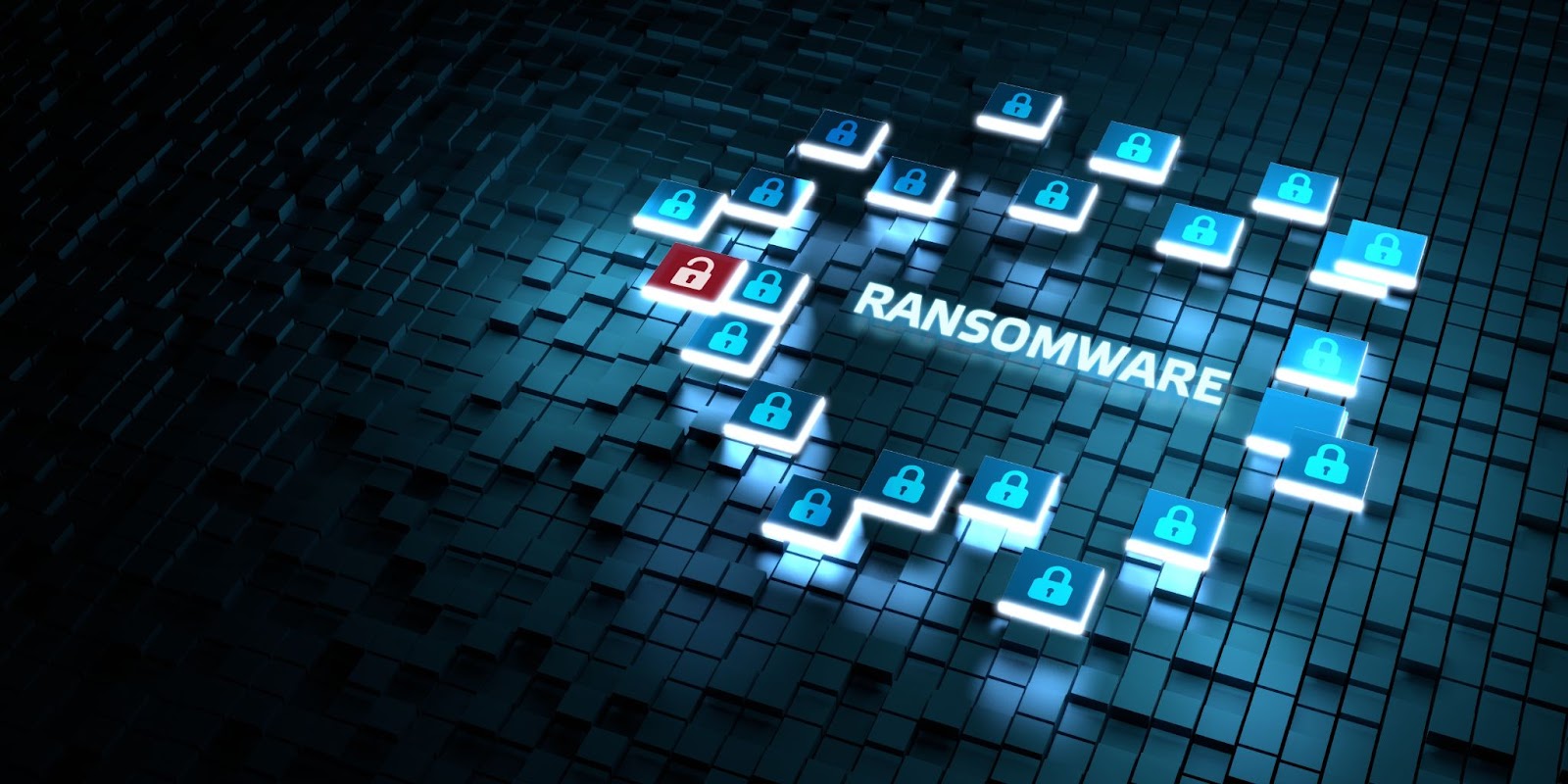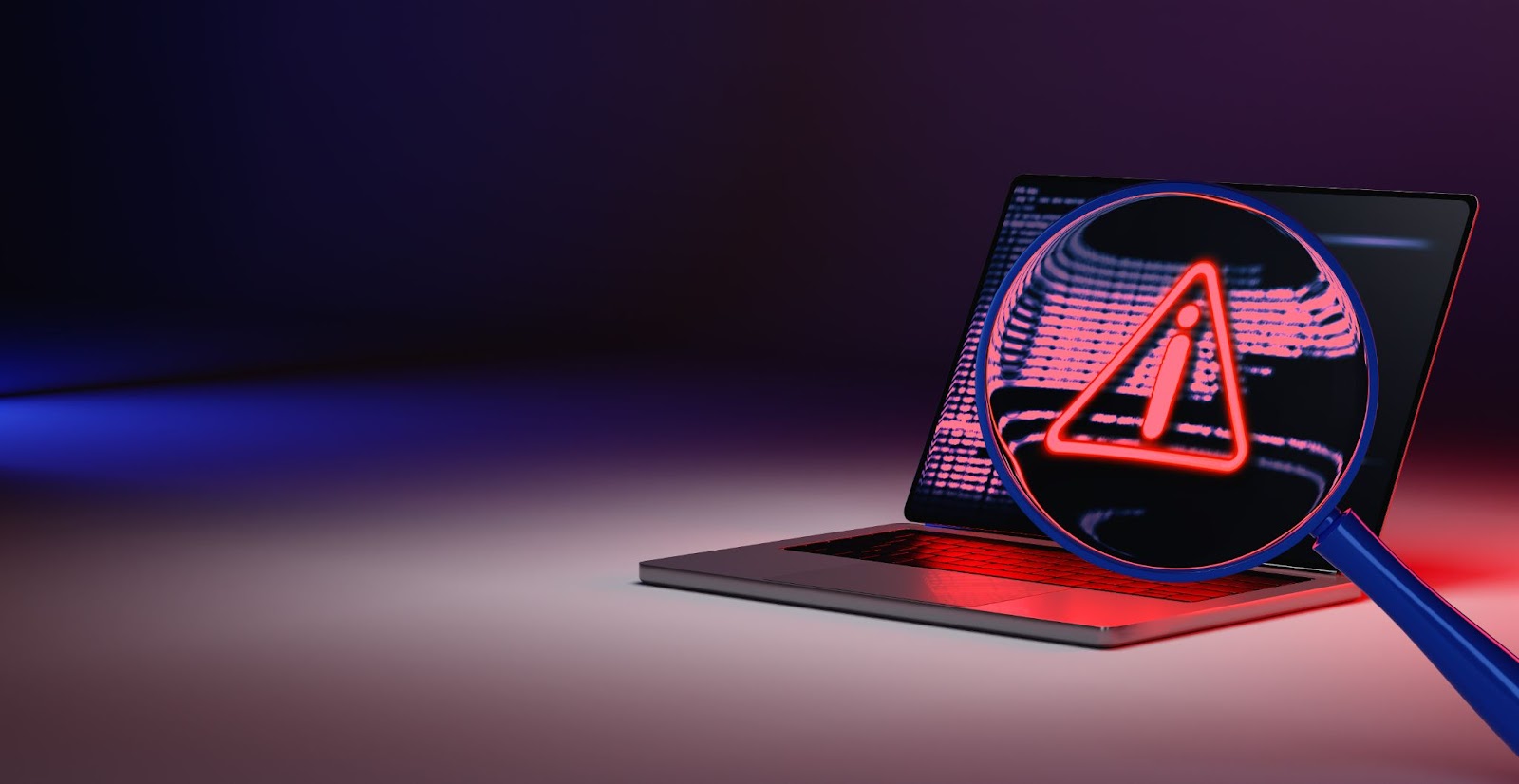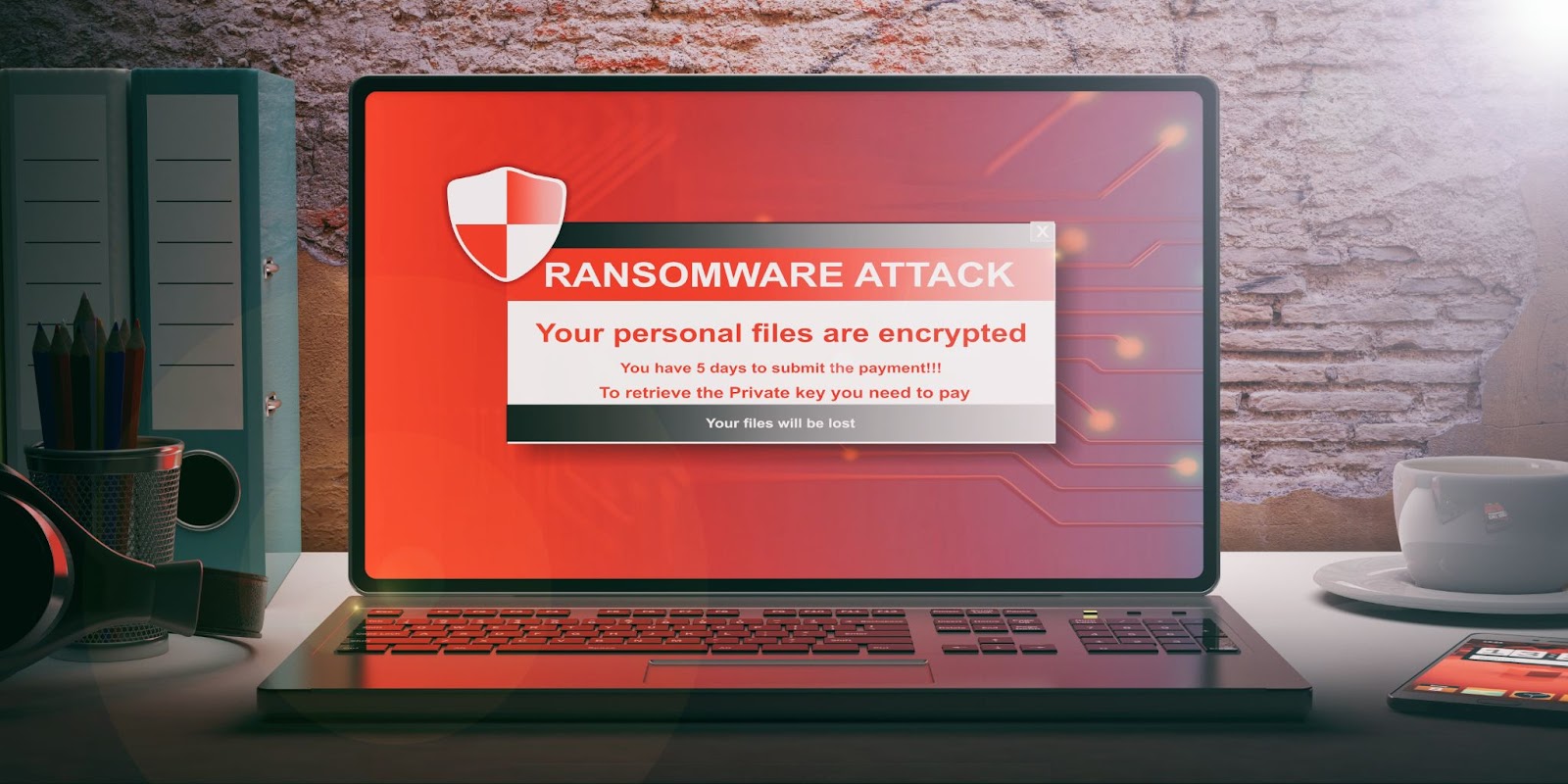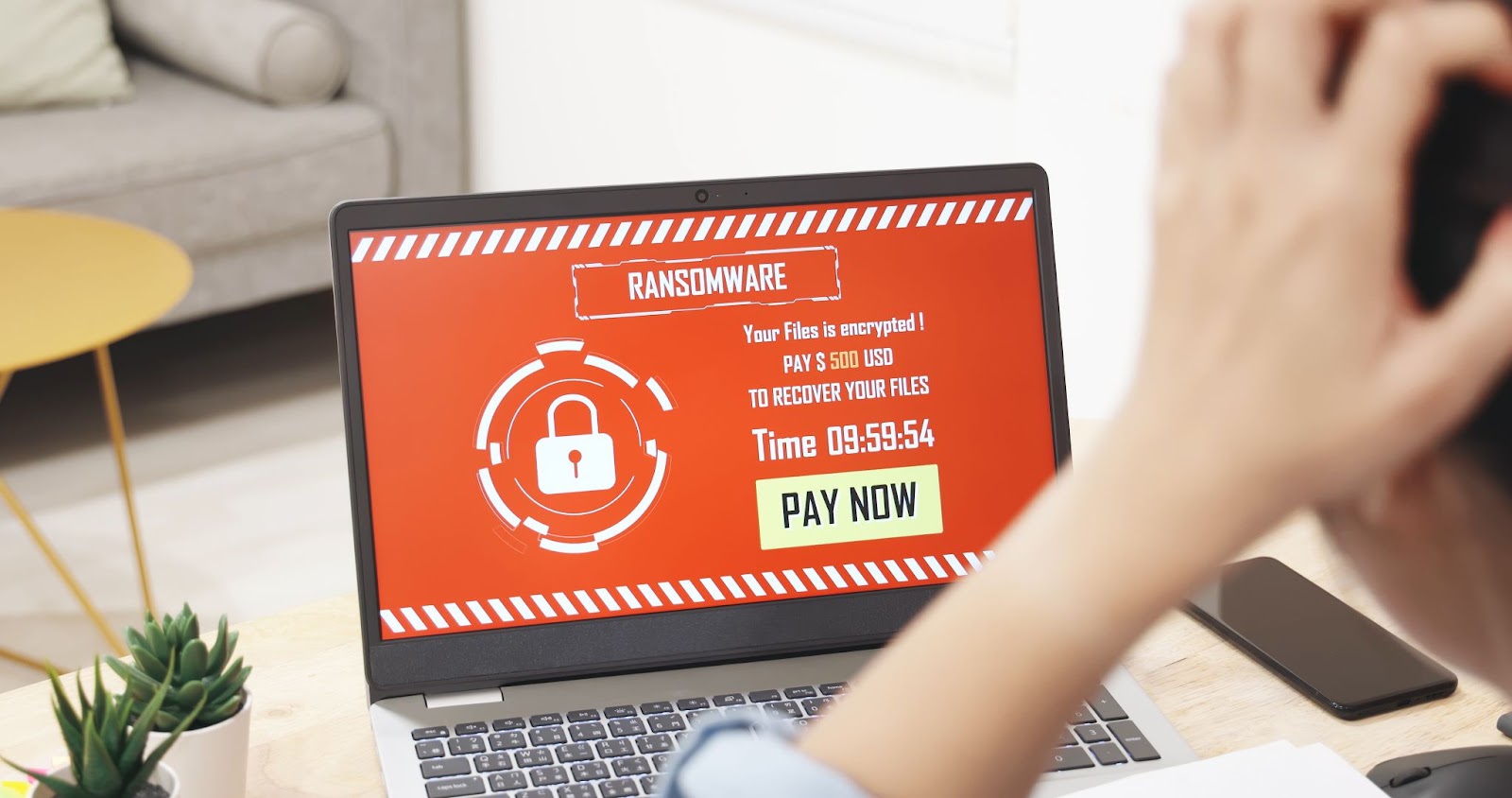With cyber threats evolving constantly, ensuring that your employees are well-versed in cyber security best practices is paramount. Here are 13 essential cyber security tips to protect sensitive company data, bolster online security, and foster a cyber-aware culture within your organization.
1. Keep Passwords Strong and Unique
It’s probably no surprise that the first line of defense against cyber attacks is a robust password. Encourage employees to create strong passwords comprising a mix of upper and lowercase letters, numbers, and special characters. Advise against using easily guessable information, such as birth dates or pet names, and encourage the use of password managers to maintain unique passwords for every account.
2. Enable Two-Factor Authentication (2FA)
I know – it can seem like a pain in the ass, but two-factor authentication is an invaluable security measure that adds an extra layer of protection to user accounts. By requiring a second form of verification, such as a one-time code sent to a mobile device, 2FA significantly reduces the risk of unauthorized access, even if a password is compromised.
3. Educate About Phishing Attempts
Phishing remains one of the most common cyber threats. Conduct regular training sessions to help employees recognize the telltale signs of phishing attempts, such as unfamiliar email addresses, urgent requests for sensitive information, or suspicious links. Remind them to verify the sender’s identity and never provide personal information via email.
4. Update Software Regularly
Keeping software up to date is critical in mitigating potential vulnerabilities that cybercriminals exploit. Establish a systematic update process for operating systems, applications, and security software. Automating updates whenever possible ensures that employees are protected by the latest security patches. If possible, consider implementing an endpoint management system that helps manage your employees device, and perform relevant patches and updates.
5. Secure Devices and Networks
Every device that connects to your organization’s network should be adequately protected. Require employees to install approved security ui software and enable firewalls on all work devices. Emphasize the importance of using secure Wi-Fi networks and the potential risks of public or unsecured connections.
6. Limit Access to Sensitive Data
Implement a well-defined access control system that restricts access to sensitive data based on job roles and responsibilities. Regularly review access privileges to ensure that employees only have access to the information necessary for their work tasks. In general, take the “principle of least privilege” approach, giving employees the access only necessary to perform their work, and nothing more.
7. Encrypt Data and Regularly Back Up
Data encryption safeguards sensitive information from unauthorized access, especially in case of data breaches. Make data encryption a standard practice for storing and transmitting data within your organization. Additionally, establish a robust data backup strategy to ensure data recovery in the event of a ransomware attack or accidental data loss.
8. Develop a Robust BYOD Policy
The Bring Your Own Device (BYOD) trend presents unique security challenges. Establish a clear and comprehensive BYOD policy that outlines security requirements for personal devices used for work-related tasks. Encourage employees to install security software on their personal devices to protect against potential cyber threats.
9. Conduct Regular Security Training
Education is the key to a cyber-aware workforce. Organize regular security training sessions and workshops to keep employees informed about the latest cyber threats and attack methods. Use real-life examples to highlight the potential consequences of security breaches, fostering a proactive and vigilant attitude towards cyber security.
10. Encourage Reporting of Security Incidents
Create a non-punitive reporting culture where employees feel comfortable reporting any suspicious activities or security incidents they encounter. Promptly investigate and address reported incidents to prevent further damage and learn from each situation to bolster future security measures.
11. Create a Secure File Sharing Protocol
Establish a secure and encrypted file sharing system to prevent unauthorized access to sensitive company information. Discourage the use of personal email accounts for sharing work-related files.
12. Regularly Assess and Update Security Policies
Cyber security is an ever-evolving landscape. Regularly review and update your organization’s security policies to address emerging threats and adopt
best practices.
13. Install Robust Antivirus software
A reputable and robust antivirus software can mean the difference between a clean or infected device. SUPERAntiSpyware™ has been installed over 65,000,000 times because it’s trusted to keep employee devices safe.
– Detect and remove malware, spyware, adware, and ransomware
– AI powered database compares against billions of known threats
– Lightweight and easy-to-use (employees won’t even notice it’s running!)
Install today, and stay protected!
Practice These Cyber Security Awareness Tips
Empowering your employees with a comprehensive understanding of cyber security is vital in safeguarding your organization’s sensitive data and digital assets. By following these 13 cyber security tips, your workforce can become a powerful defense against cyber threats. Remember, cyber security is an ongoing journey, and fostering a culture of vigilance, continuous learning, and proactivity is the key to maintaining a strong and resilient cyber defense.










